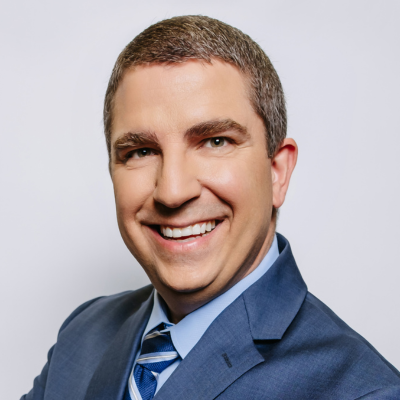This video is an instructional guide to help providers and patients identify the facial movements that are most commonly associated with tardive dyskinesia (TD). The movements that patients with TD experience are slow, irregular, and change their shape. Through real time demonstrations, Dr Rajnish Mago shows multiple examples of the most common facial movements found in patients with TD including pouting, puckering, and smacking of the lips as well as several tongue, perioral, and jaw movements.
Reference: NEI Psychopharm. What does tardive dyskinesia look like? YouTube. Published May 3, 2022. Accessed December 12, 2022. https://www.youtube.com/watch?v=M-EwlAJIaI8&ab_channel=NEIPsychopharm


